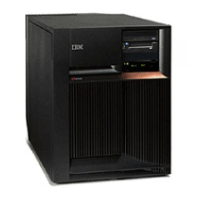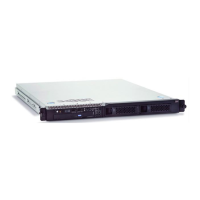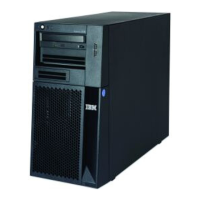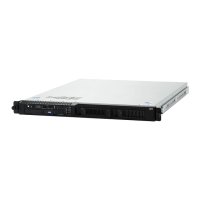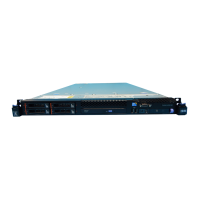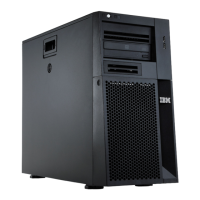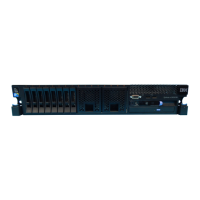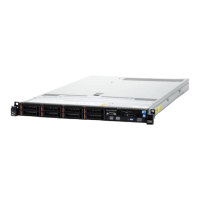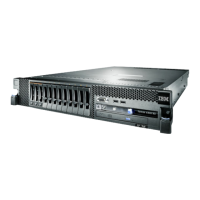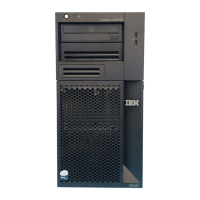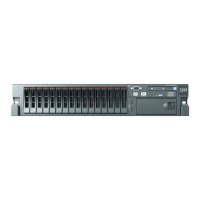AS/400e Advanced Technology
64 AS/400e System Handbook
installed in their environment because the majority of their line of business applications still
present text-based “green screens” instead of a graphic user interface (GUI).
An e-business needs to be properly positioned to respond quickly to new opportunities, shifts
in the market, and peaks in demand for electronic services. Every organization that is looking
at e-business both hopes for and fears the problem of exponential growth and an
overwhelming response to its
e-presence
. To be properly positioned, both respond to both
drag and drop, “point and click” graphical screens and integrate existing LOB applications
that provide strong, business critical functions and data.
For the AS/400e system, in particular, a large portfolio of robust LOB applications provides a
strong base for building e-business solutions by extending and enhancing those applications
with a whole new range of options.
Delivering a Broad Spectrum of Applications
The IT world is witnessing an explosion of new application possibilities centered around
groupware, e-business, and the Web. Here are some examples:
• Static Web sites: For many organizations, the Web provides a very cost-effective
method for publishing and distributing information to the world. Web sites for
manufacturers and distributors, for example, typically include product catalogs with
specifications, price lists, and pictures. They can present a positive, memorable image
for the organization and can be updated regularly at a fraction of the cost to update
printed product catalogs. Intranets (networks within an organization) can use the same
Web technology to “publish and distribute” policy information, human resource
practices, and company newsletters, for example. These types of sites are called
static
(they seldom change and a good Web site is updated frequently) because the contents
of the Web pages do not change based on user interaction. The information is
view-only
, not dynamic.
• E-mail: The use of e-mail within organizations and across organizational boundaries
has mushroomed in recent years. A richly featured e-mail system provides fast
distribution of information, including more than just text messages, documents,
spreadsheets, and images. A static Web site is often called
pull
technology. Customers
need to make the effort to visit the Web site and pull information. E-mail is one method
for providing the
push
counterpart. e-businesses can push information to their
customers or subscribers. The push may be a teaser (“Visit our Web site for this
month’s exciting new product announcements”) or it may be more comprehensive.
e-businesses also use e-mail, for example, to acknowledge orders and to provide
customer service.
• Bulletin boards and newsgroups: These Web applications draw their names from
counterparts outside of cyberspace. Think of a bulletin board on a college campus. It
has many postings of interest to the students and professors who travel that hallway:
seminar schedules, job postings, ads for professional journals, schedules of

